EVGA SuperNOVA 1600 T2 PSU Review
Why you can trust Tom's Hardware
Cross-Load Tests & Infrared Images
Our cross-load tests are described in detail here.
To generate the following charts, we set our loaders to auto mode through our custom-made software before trying more than 25,000 possible load combinations with the +12V, 5V, and 3.3V rails. The load regulation deviations in each of the charts below were calculated by taking the nominal values of the rails (12V, 5V, and 3.3V) as point zero. The ambient temperature was between at 30°C (86°F) to 32°C (89.6°F).
Load Regulation Charts



Efficiency Chart
There is a small region in the 1600 T2's efficiency map where it's more than 94%-efficient. In order to get there, load on the minor rails has to stay pretty low. It's far more common to see efficiency in the 92-94% range.
Ripple Charts



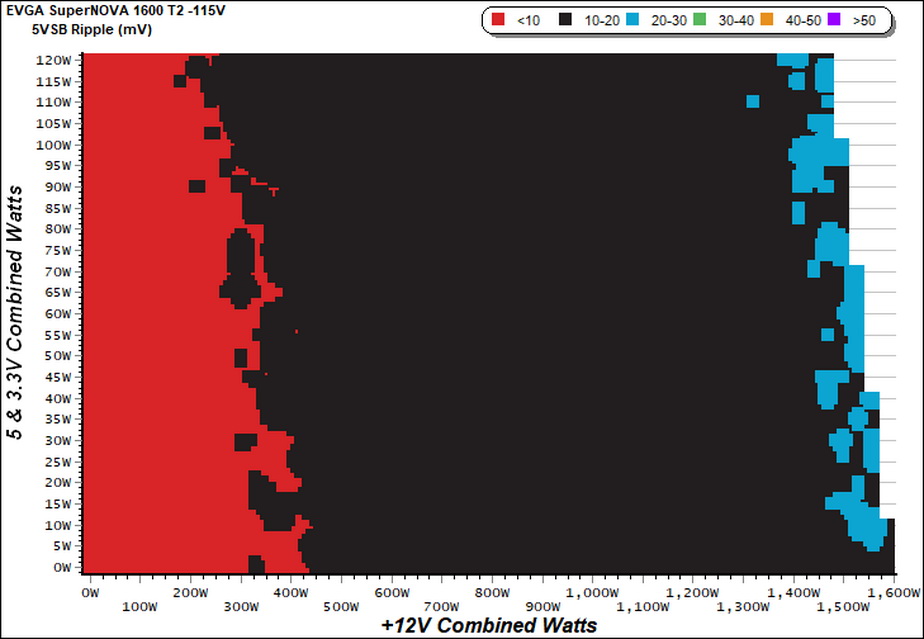
Infrared Images
We applied half-load for 10 minutes with the PSU's top cover and cooling fan removed before taking photos with our modified FLIR E4 camera that delivers 320x240 IR resolution (76,800 pixels).





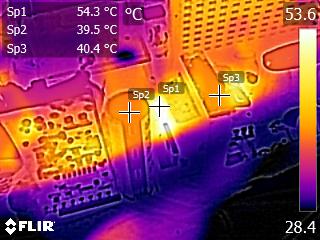




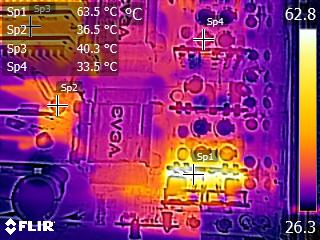

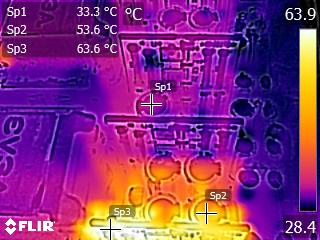
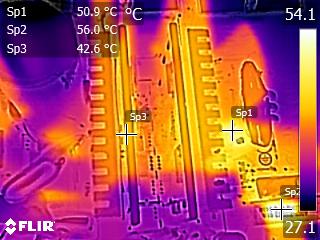
The temperatures inside EVGA's SuperNOVA 1600 T2 stay low thanks to its high efficiency levels. No wonder the semi-passive mode lasts so long.
MORE: Best Power Supplies
MORE: How We Test Power Supplies
Get Tom's Hardware's best news and in-depth reviews, straight to your inbox.
MORE: All Power Supply Content
Current page: Cross-Load Tests & Infrared Images
Prev Page Protection Features Next Page Transient Response Tests
Aris Mpitziopoulos is a contributing editor at Tom's Hardware, covering PSUs.
